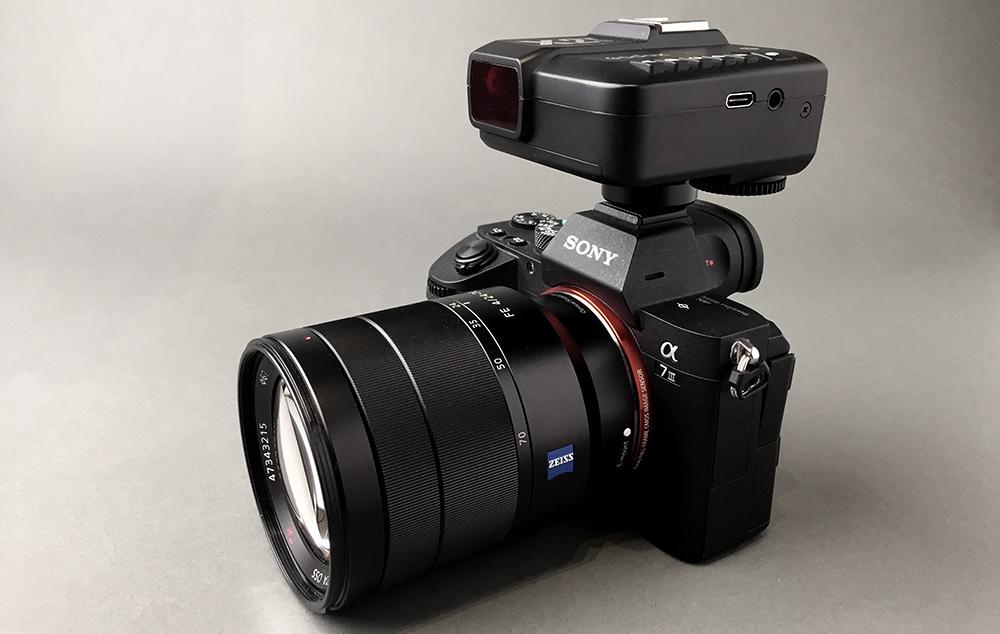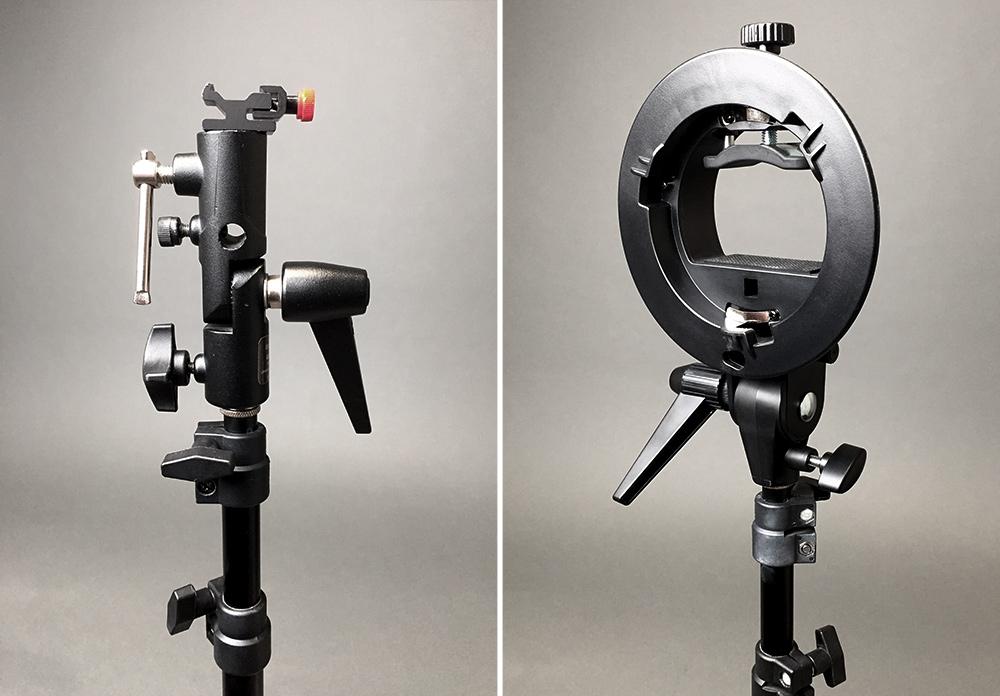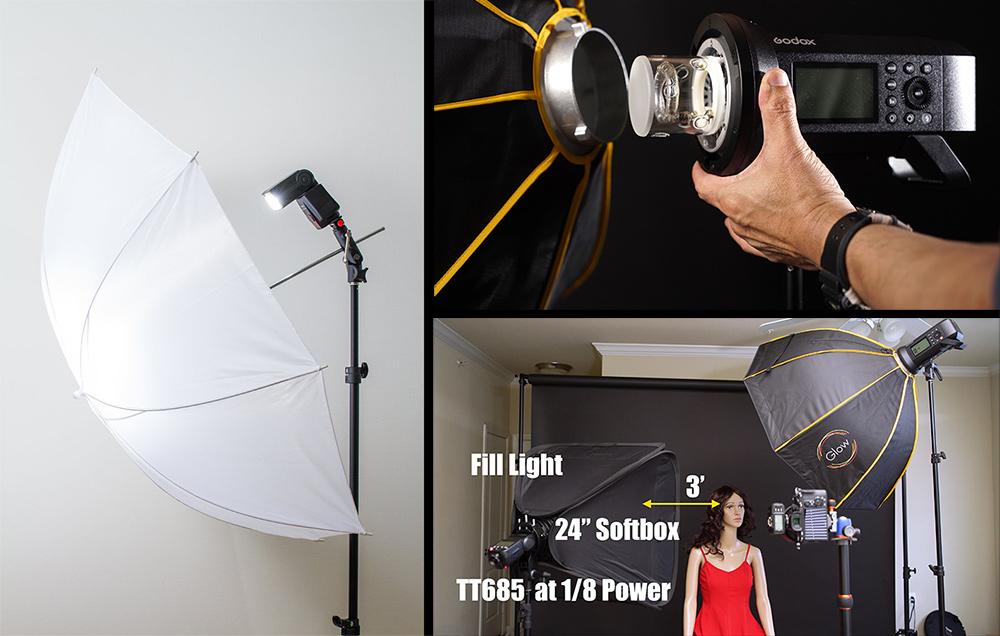Off-camera flash is an important skill set for photographers. It’s a game-changer in the truest sense. If you’re into portrait photography, you really — and I can’t emphasize this enough — you really should know how to build and use your own off-camera flash setup. And you should be able to do this in the studio and on-location.
I can tell you from personal experience, becoming proficient with off-camera setups will make you a happier, better, and possibly more profitable photographer!
First thing’s first. You need to know what to include in your kit. I’ve got your back.
Now, although I favor a minimalistic approach to photography, sometimes you can’t get around the need for more gear than you can fit into a camera bag. Off-camera flash and multi-light setups, in general, require not only lights but support stands. And modifiers. And other stuff we’re about to get into.
What’s coming next is a full list of items you’ll need to complete a basic off-camera flash setup. Once you have these items, you’ll be fully equipped for most portrait jobs.
Off-Camera Flash Photography Gear List
Here’s a list of the type of gear I usually bring along for every location and studio shoot:
Flash Units
Your flash units can consist of any combination of portable studio strobes, smaller strobes, or speedlights (shoe-mount flash units). How many do you need? I’d recommend you start with at least two. Eventually, three flash units will make up a good kit. Four, or more if you’re really getting creative. Note, that I always recommend learning off-camera flash with just a single light at first. But, again, make sure you have at least two on hand for your kit. And make sure they are compatible with the rest of your setup (trigger, camera, other flash units you use).

Flash Trigger
Off-camera flash means your flash units will be located remotely (not physically connected to your camera). You’ll need some way to tell those flashes to fire during exposure. In many cases, you’ll also want your camera and flashes to work together to determine correct flash output on the fly, using TTL. The way to accomplish this is with the help of a compatible wireless flash trigger.
I prefer radio triggers over optical ones. They tend to be more reliable and less prone to line-of-sight limitations. Options include basic “dumb” triggers for manual flash and TTL-compatible triggers which can work with manual and TTL flash setups. I suggest you go ahead and purchase a TTL-enabled radio flash transmitter compatible with your camera, instead of a non-TTL one. The price difference is negligible compared to the extra features you’ll benefit from.

Support
You need something to hold your flash units in position around your scene/subject. That’s what light stands are for. In the studio, you can use something solid and heavy, like professional C-stands. But the lighter and more compact stands work fine, too. Especially with basic speedlights mounted to them. If you’re attaching heavy modifiers to those lights, you’ll need to make sure your stands are rated for the total weight. Consider using sandbags to help stabilize the stands in certain situations.

Bracket Adapters, Umbrella Adapters
You’ve got flashes, you’ve got light stands, but you need something to connect the lights to the stands. There are many options. You’ll choose the ones that make sense for the given flash and modifier combo you’re using. For example, a simple swiveling umbrella adapter is good for shoot-through umbrella modifiers (really, any type of modifier that can be mounted to the umbrella shaft hole in the adapter). Note that you’ll need to attach a cold-shoe adapter to the top of this if it isn’t built-in. An S-type bracket is good for connecting modifiers with a Bowens style mount. These also feature an umbrella shaft holder.


Flash Modifiers
Flash is a powerful type of lighting. Unmodified, the illumination from a flash or strobe can appear harsh. That’s why so many photographers will insist on some type of umbrella or softbox to broaden and diffuse the light. Before you ask, no, there is no best type of modifier. You’ll have to determine what your preferred modifier is over time. I’ll describe the types I like to use in the next section below.

My Off-Camera Flash Portrait Setup
Here is an example setup based on the gear I use currently. This is by no means my only combination. But it’s something I can use for about 90% of my work, in or out of the studio:
- Flash Master Transmitter: X2T
- 3 X Flash Units: Godox TT685
- 3 X Flash Mounting Brackets: S-type
- 2 X Light Stands: Impact LS-8AI
- 1 Light Stand: Impact LS-96HABI
- 2 X Generic Shoot-Through Umbrellas
- 1 Softbox: 36″ Glow EZ Lock Octa
Of course, you’ll need to make sure you bring along extra batteries, gaffer tape, clips, and anything else you find useful during shoots. I also often bring a medium-size collapsible round reflector just in case. I also bring some enthusiasm. That’s actually more important than having the right gear. If all else fails, have fun, get creative!
If you’re shooting outdoors and there’s any chance of even a slight breeze, an assistant will be invaluable for keeping your gear from blowing over. At the very least, add some weight to the stand holding your modified light (softbox). You can try to do this with your backpack or some light stand weights/sandbags.


On occasion, I’ll travel with larger lights. One of my current favorites is the Godox AD400 Pro. But it, together with a good round softbox, requires a much sturdier stand than I normally carry on-location. I have to say, though, it’s often worth the extra weight and size.
Loved this tip? Here's something else you might like:
👉 Free 10-Min. Guide to Off-Camera Flash


